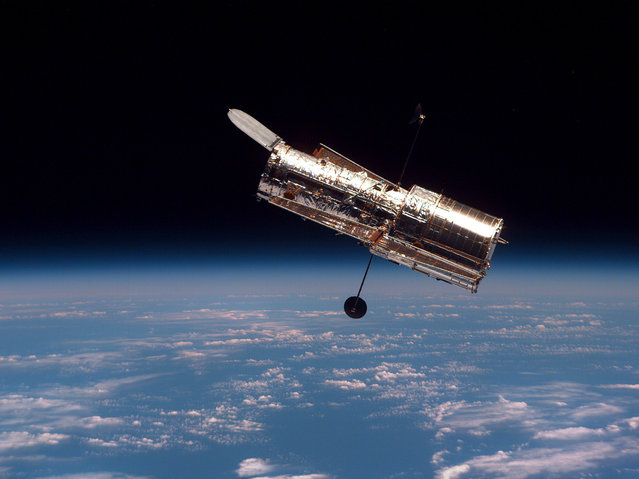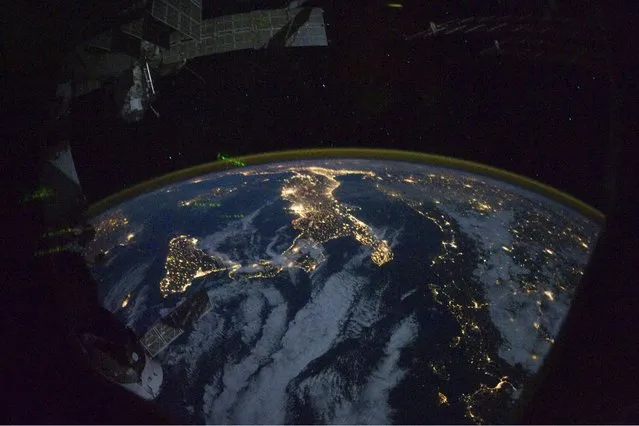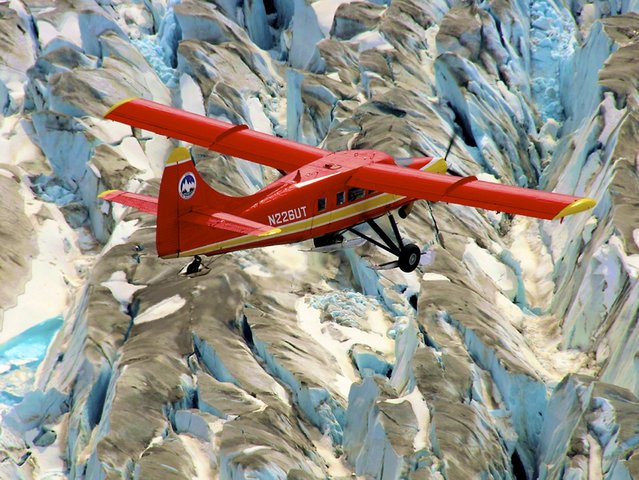
Natasha Cloud #0 and Diana Taurasi #3 of the Phoenix Mercury gather their team before the game against the Seattle Storm at Climate Pledge Arena on June 04, 2024 in Seattle, Washington. (Photo by Steph Chambers/Getty Images)
15 Jun 2024 03:23:00,post received
0 comments





